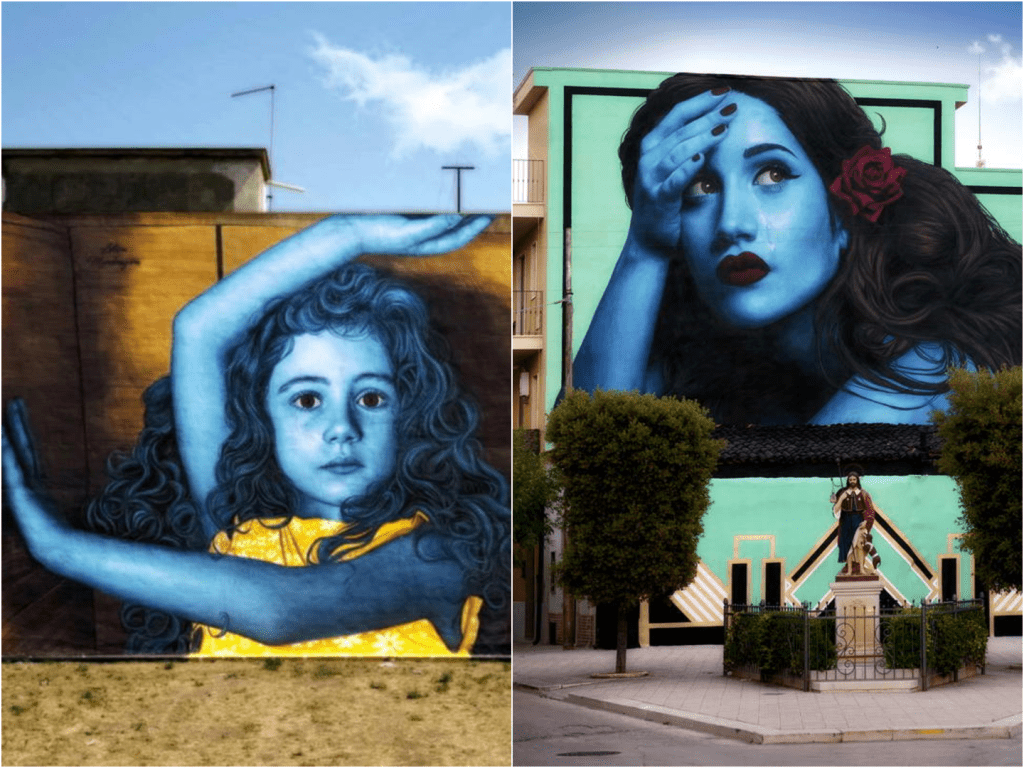How a Forgotten Italian Village Became a Tourist Favorite, One Mural at a Time
Wandering through the empty streets of Stornara in Puglia feels like stepping into a sepia-toned photograph—narrow lanes, faded stucco walls, and a quiet stillness that feels heavy with memory. For years, this small town watched its doorways close one by one as young people left in search of work. By the early 2000s, its population had dwindled and the few businesses that remained were shuttered. But in 2018, something unexpected sparked a revival unlike any before: color. A street art festival called Stramurales painted murals on abandoned walls, and tourists began to notice. Now, they’re arriving in droves, drawn by art and a sense of rediscovery.
Stornara’s revival started modestly. Local artist Lino Lombardi initiated Stramurales, inviting a few artists to paint six murals that first year. The idea was simple: turn empty walls into canvases reflecting the town’s soul—family stories, migration memories, local legends. By 2025, more than 140 murals cover nearly every corner. Themes range from olive harvests and schoolchildren racing home to abstract tributes to community pride. These murals are bold, emotional, and deeply rooted in Puglian identity. Residents voted on what to paint, shaping an artwork tapestry that feels both personal and communal.
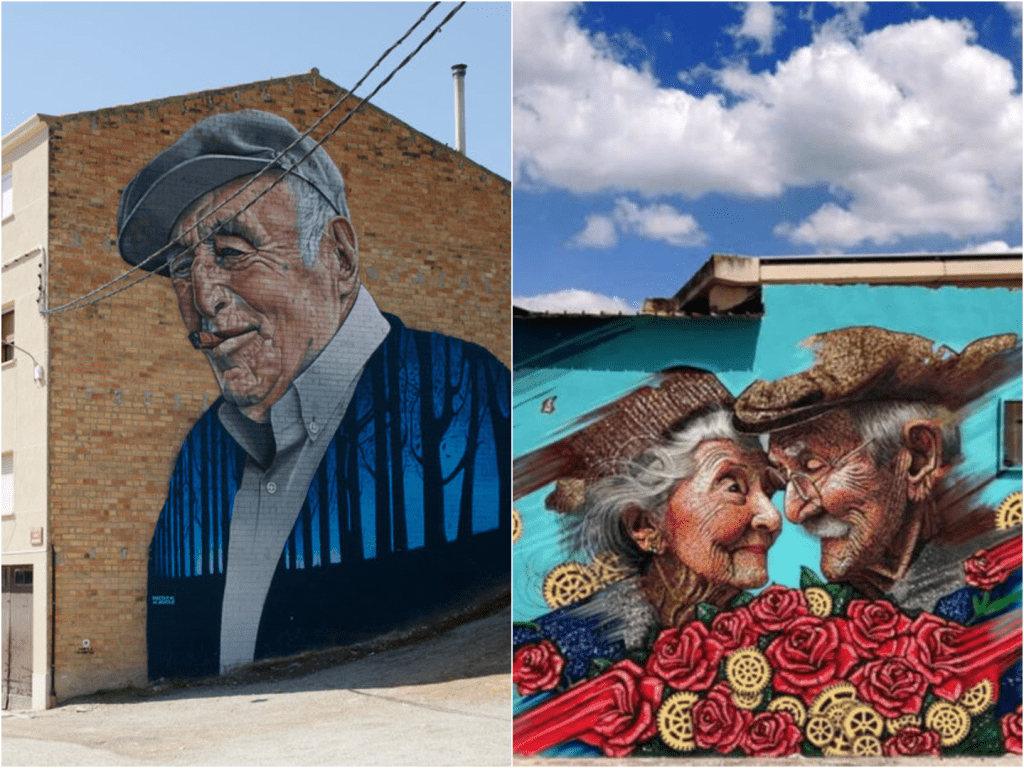
As I walked under arches of painted blossoms, murals of migrants embracing home and wall-sized faces beaming down, I felt the town was speaking aloud for the first time in years. Café owner Antonio Maglione told me business is booming. He learned to greet people in five languages as tourists began to stream in. He said the murals “saved our community.” But it’s more than economics; it’s a rebirth of belonging. Rita Gensano, who returned in 2017 to care for her parents despite initial doubts, now leads guided tours and confesses Stornara is “the coolest town in Italy.”
There’s something quietly radical about this transformation. No grand hotels, no luxury spa retreats. Instead, there are B&Bs run from second floors, family-run trattorias, a small art supply shop. Each new business has grown organically. Tourists aren’t here for Instagram—they come to talk, to poke around olive groves, to hear stories that swirl in piazzas at sunset.
One evening, I joined locals and travelers in the central square. A piece by Salvatore Nappi, a retired olive farmer, portrays hands tending to gnarled branches. He describes the mural as reclaiming pride: “We had lost our pride, but the murals reminded us that our town and our stories are worth celebrating.” I looked around. The square, once a forgotten stage, now buzzed with chatter. Kids raced bikes past painted walls, parents pointed out characters in the art, and travelers snapped low-light photos. No tour bus in sight—just lingering presence.
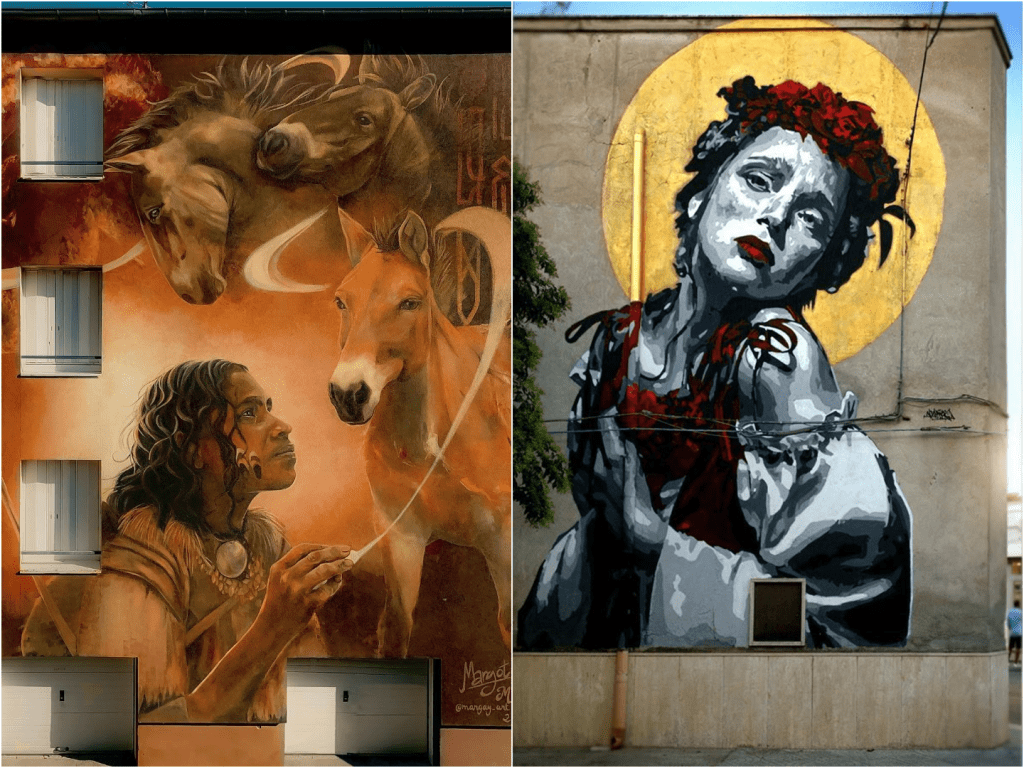
Stramurales isn’t a one-off show. Lombardi turned his project into a charity aimed at youth art engagement. He’s inviting artists from every continent to paint in July 2025, expanding the festival’s reach. That promise of global collaboration feels rooted in a small town’s heartbeat. It reminds me how creativity can spark connection across cultures—even in a village few would have paused to notice a decade ago.
Walking deeper, narrow cobbled alleyways twist past murals of local folklore—young shepherds, olive harvest festivals, migrating storks. The paintings feel like windows into stories the town kept for itself. A grin emerges when I run into someone who used to shovel olive pits during harvest. She gestures proudly to her mural: shepherd carrying lambs, painted in soft sienna and ochre. The mural-maker had interviewed her, listened to her memories, then merged them into art she now points out as “our story.”
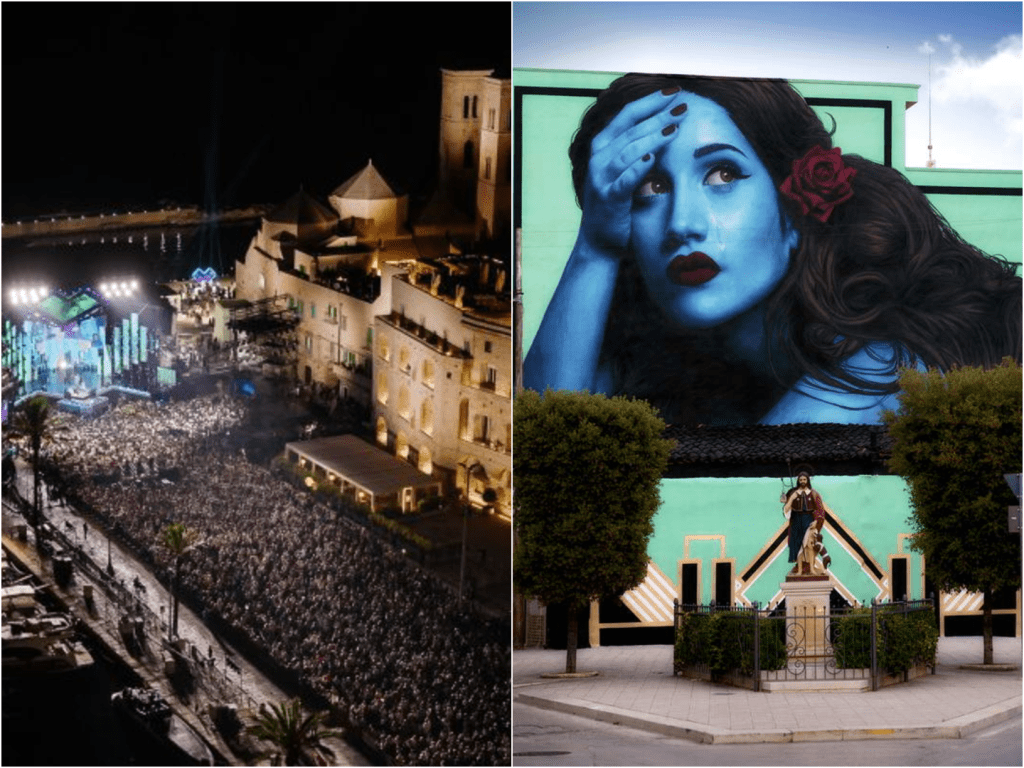
This revival holds lessons. Too often, communities faced with decay chase big investments. Stornara chose something sizably human instead: creativity and belonging. Walls became voices, empty streets became gallery paths, and tourists became witnesses not just to beauty, but to recovery. Now, visitor revenue is up 25% since 2020, with eight new businesses—B&Bs, eateries, art shops—transforming the local economy. The town reclaimed not just its buildings, but its future.
I asked Rita, who guides visitors through bright corridors, what surprised her most. She said, “I had left it full of life and laughter, but when I returned, it felt like it was dying.” But now, “it has become something extraordinary which I have been fortunate to be a part of.” That captures it: a town that almost faded has rediscovered vibrancy not through tourism factories, but through collective expression.
Strolling back toward the train station, I paused by a mural showing a heart wrapped in olive branches over a background of payroll stubs from emigrants to Germany and France. It spoke to the generations shaped by leaving and longing. In front of it, two young women from Milan are sketching details—travelers transformed into storytellers. Earlier, I overheard one saying the mural made her feel connected to people whose ancestors also migrated from Puglia. That shared feeling stretched across time and space, linking locals and strangers through art.
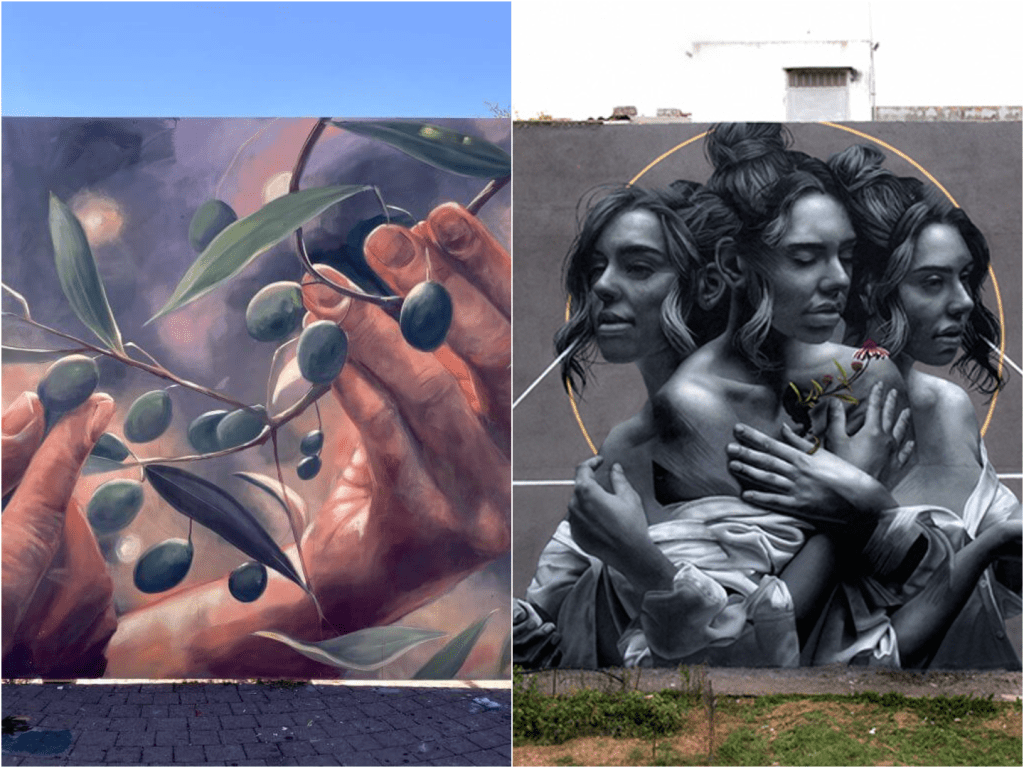
That’s the magic of Stornara. It’s not just “Instagrammable.” It’s deeply resonant, a reminder that art rooted in truth can shift everything. It reveals how even a fading village can gather new life through small gestures—paint on walls, names on lists, votes in meetings, volunteers in workshops. It’s less creative gimmick and more creative reclamation.
Before leaving, I lingered under a mural painted in muted grayscale—hands reaching toward the sun, olive trees blossoming around them. Sunlight caught a single paint stroke. A cat purred nearby. The stillness felt warm. That’s when I understood: Stornara’s revival is slower, quieter, more mindful than most tourist stories. It’s a gentle regeneration, one painted mile at a time.
Long after I returned home, I recounted Stornara as a moment when art didn’t just dress walls—it reshaped a community. A town once empty now brims with possibility, with murals as memory keepers and new voices stepping forward. And beyond that, I carry a question: what blank canvases do we have in our towns, our cities, our own hearts that could use a stroke of creative life?

Lena Carter is a travel writer and photographer passionate about uncovering the beauty and diversity of the world’s most stunning destinations. With a background in cultural journalism and over five years of experience in travel blogging, she focuses on turning real-world visuals into inspiring stories. Lena believes that every city, village, and natural wonder has a unique story to tell — and she’s here to share it one photo and article at a time.
